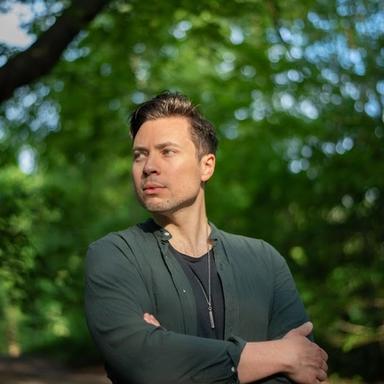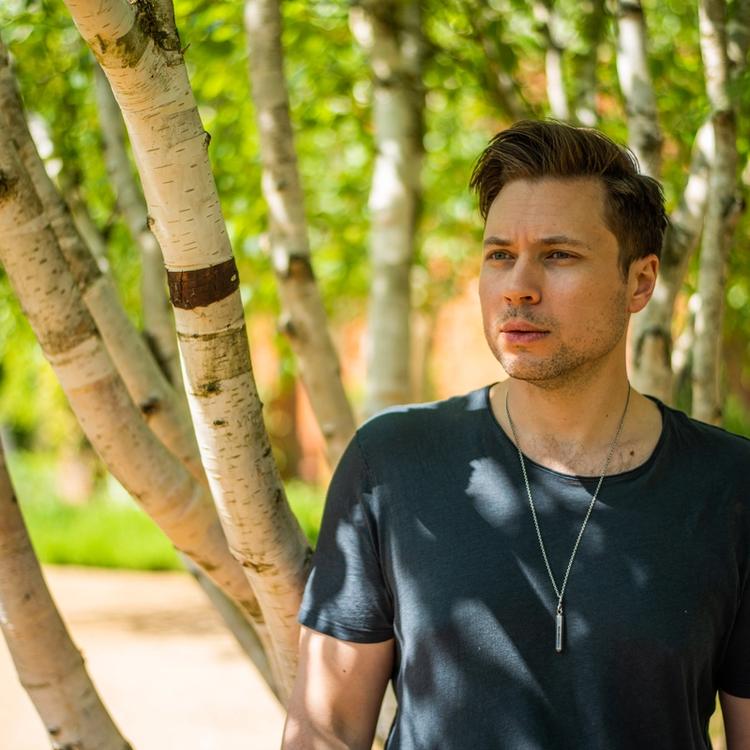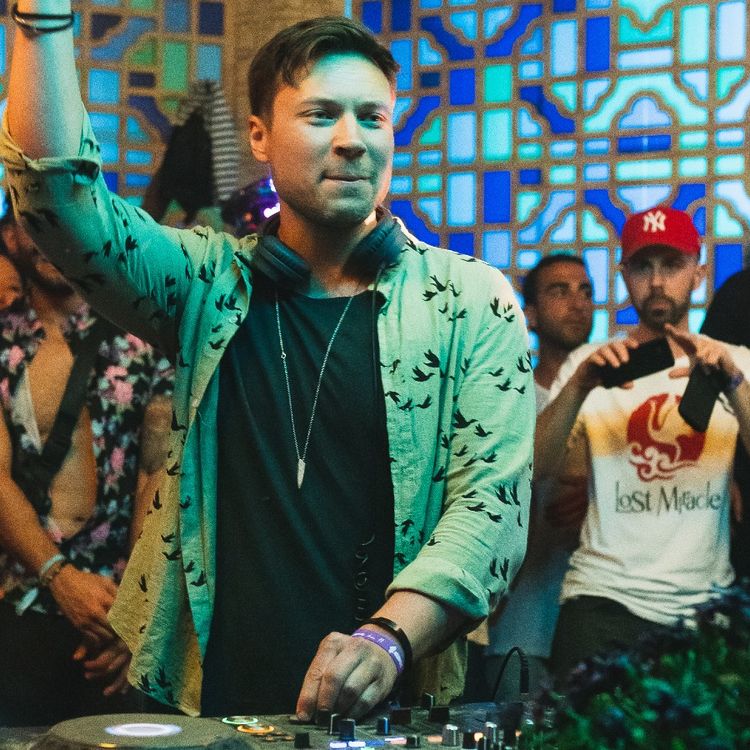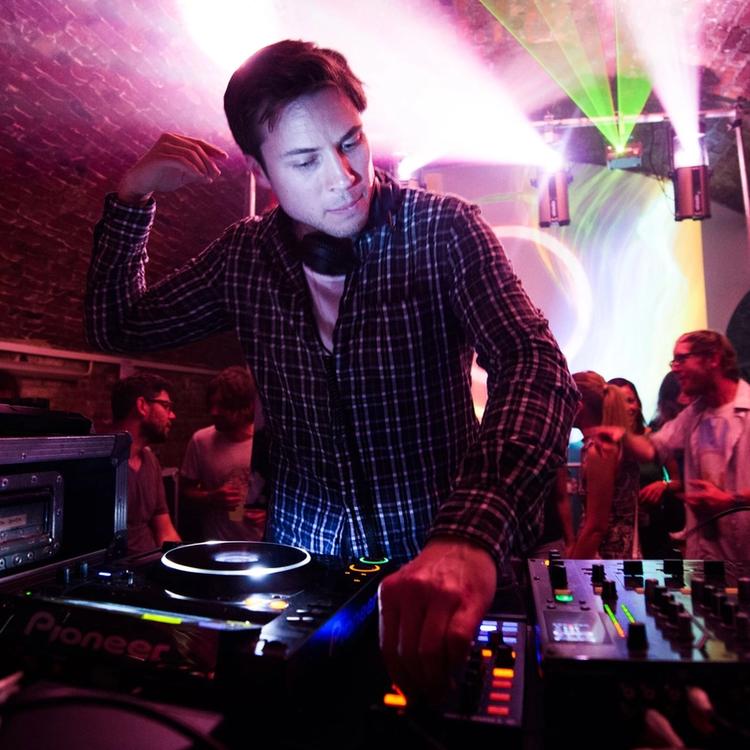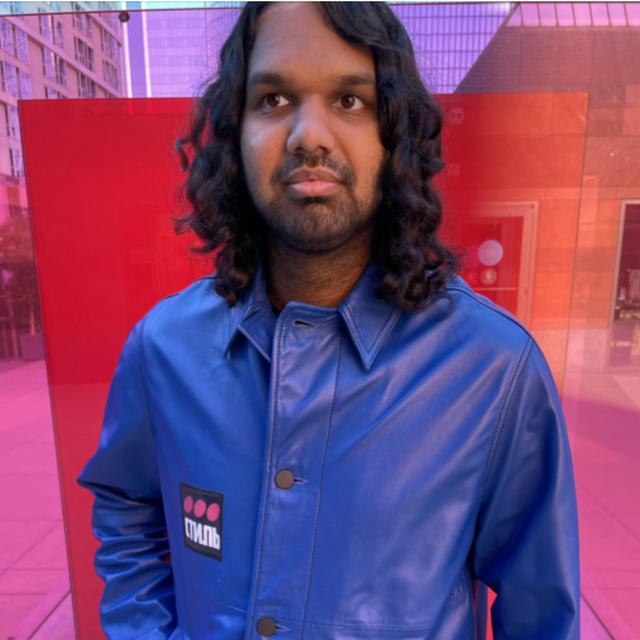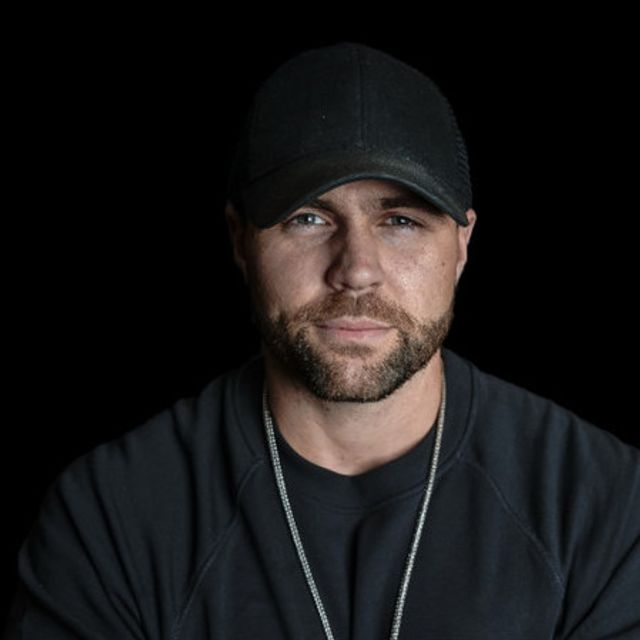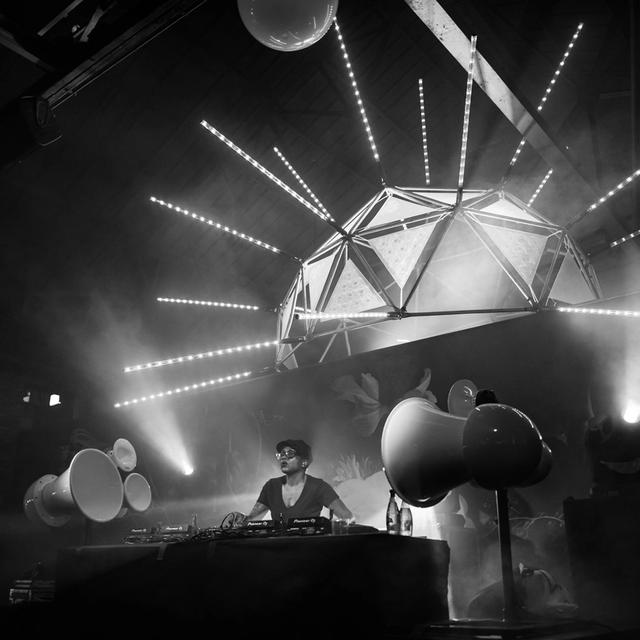Artist Spotlight
A young Tim Green first fell in love with electronic music as it promised exciting possibilities previously out of his reach as a musician. Ironically enough, it is his very background as an instrumentalist that now differentiates his rich and emotive style of house. It wasn’t always so. The more brutalist sonics of early Tim Green tracks like “Little Flies” and “Rhythm Acupuncture” embraced the synthetic nature of their components. By comparison, his more recent singles like “Moss” and “Sequoia” exhibit a more traditional musicality. Warm instrumentals and piquant vocals blend seamlessly into what abstract futurism remains, resulting in soundscapes that feel familiar yet subtly alien. Tim speculates that he “didn’t have any choice but to do music” on account of his home environment. “My dad was a keyboard player and had a huge music collection, also a huge studio, with a collection of synths, tape machines, mixers, great HiFi systems, and a Hammond organ as well,” he says. “So I was just surrounded by all of it, basically. I was just quite in touch with it, literally.” After briefly learning how to play the piano, Tim’s first love in music came when he picked up the guitar. He took lessons on the instrument from age 8-16 and played in a number of local bands. “In the beginning, it was probably more Van Halen ‘80s hair stadium rock stuff, which is ridiculous considering I was like 10 or 12 and living in the South of England which had zero connection to stadium rock music—but that's just what I grew up loving,” he says. “When it progressed on it was the heavier but more modern stuff, everything from Nirvana and Rage Against the Machine to Deftones.” When Tim Green went to university to study music, he was shown Daft Punk’s 2001 sophomore album Discovery. It changed his entire outlook. “They were sampling records that I knew, so I was hearing this music that I grew up with in a new light,” he says. “I was thinking, ‘How do you even do this? Why would you even do this?’” Curiosity led him to try his hand at music production, initially diving headfirst into sterile sonics to deliver his debut 2006 EP via Four:Twenty Recordings, Little Flies / Rhythm Acupuncture. “I really fell in love with a lot of early minimal sounds that were coming out of Germany at the time, so I was quite influenced by that,” Tim recalls. “I guess also thinking back to it now, I also wanted to be quite distant from live music. I probably wasn't wanting to fuse it into dance music at the time.” The years that followed saw Tim Green refine his creative process to the point that his music landed on labels like Phobic Records, Dirtybird, Nervous Records, Circus Recordings, Get Physical Music, and Cocoon Recordings. 12 years after his inaugural release, the latter label tapped him to write his first studio-length album. Her Future Ghost arrived by way of Cocoon in 2018, and it was evident that Tim had put tremendous thought into the task at hand. The album was meant to score a film that didn’t exist and lived only in his mind. Each track conveyed a deliberate theme in the plotline of a cohesive story. “I just didn't have what I felt like was a strong enough idea up until that point to make what I feel an artist album should be,” Tim says. “I think I came up with the idea around it, I don't know, a week before Cocoon coincidentally asked if I wanted to do an album for them.” And what was the story? “That's something for me,” he says firmly. “I've never told anyone.” Around the same time he released Her Future Ghost, Tim also wrote music that was then performed by a band under the moniker Invisible Minds. From time to time, he also produces one of the tougher sort of tracks that defined his early discography. His APIR side project allows him to release more techno-inspired cuts without betraying the expectations of his continuously growing fanbase. Not only do Tim Green’s childhood experiences as an instrumentalist color his recent output—his records also prominently feature many of the analog synthesizers that belonged to his father. While he splits his workflow fairly evenly between in-the-box and out-of-the-box methods, devices like his father’s Minimoog have given some of his music a classic touch. “I mean, initially, it was borrowing,” Tim laughs. “And then my dad was nice enough to either give it to me or sell it to me at a very, very nice rate. It's great for him because he knows that it's going to someone who's who uses it, and it’s kept in the family as well.” At the same time, Tim’s openness to new ideas is what keeps him interested while writing music. “I try to veer towards the stuff that isn't so obvious, like I got a plugin recently called Spire—I don't know if it's a new plugin or not, but it's new to me,” he says. “I think it's definitely developed more towards trance and EDM, but I absolutely love it. It's fun trying to use very different types of sounds and fusing them into the kind of music that I do, because otherwise you just end up sounding like everyone else.” At first glance, it might appear as though Tim Green has arrived at his destination in dance music—a full-circle point that connects the wide range of influences from throughout his career. Just as when he dove headfirst into this world, however, he finds the future to be the most exciting prospect of all.
